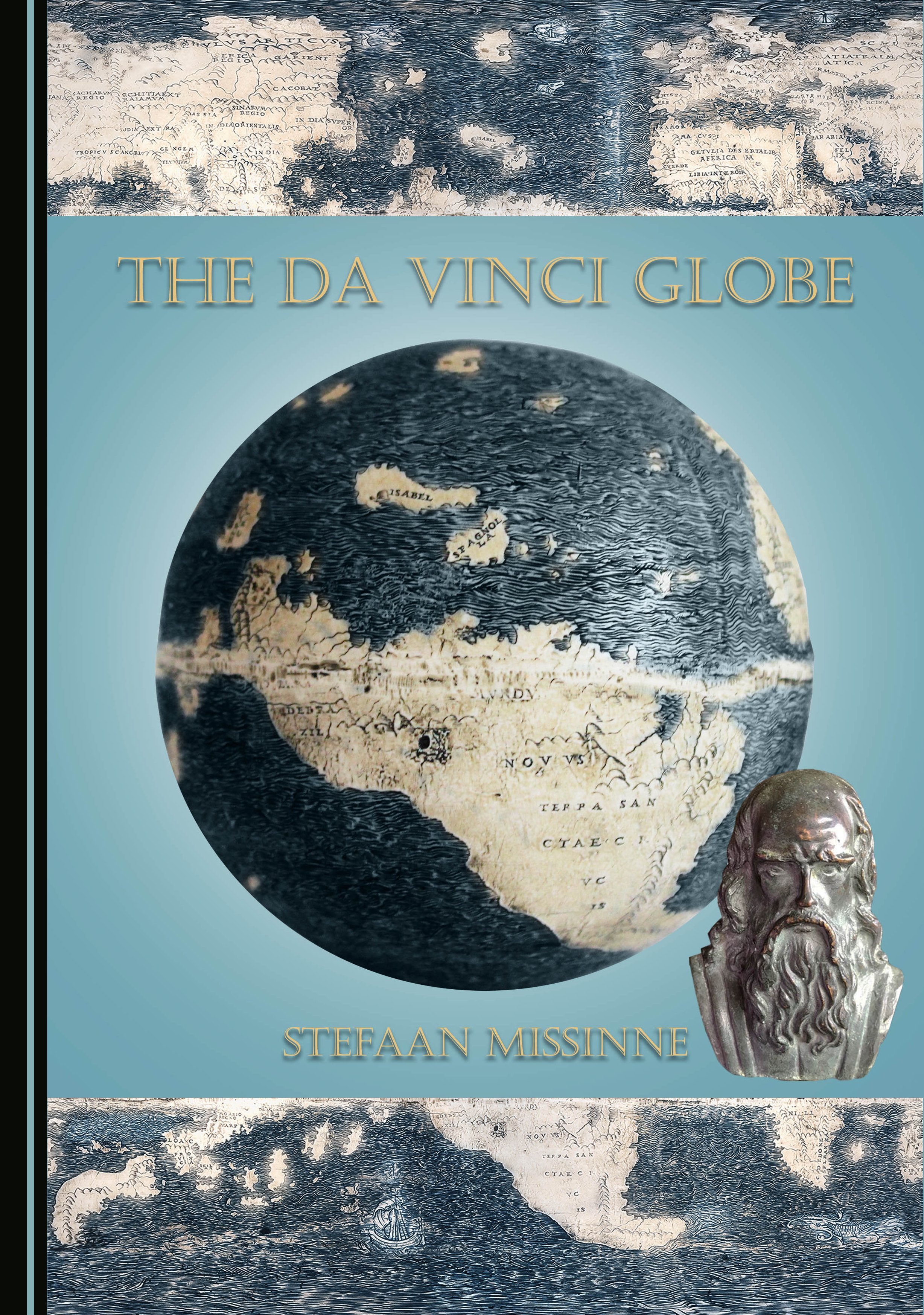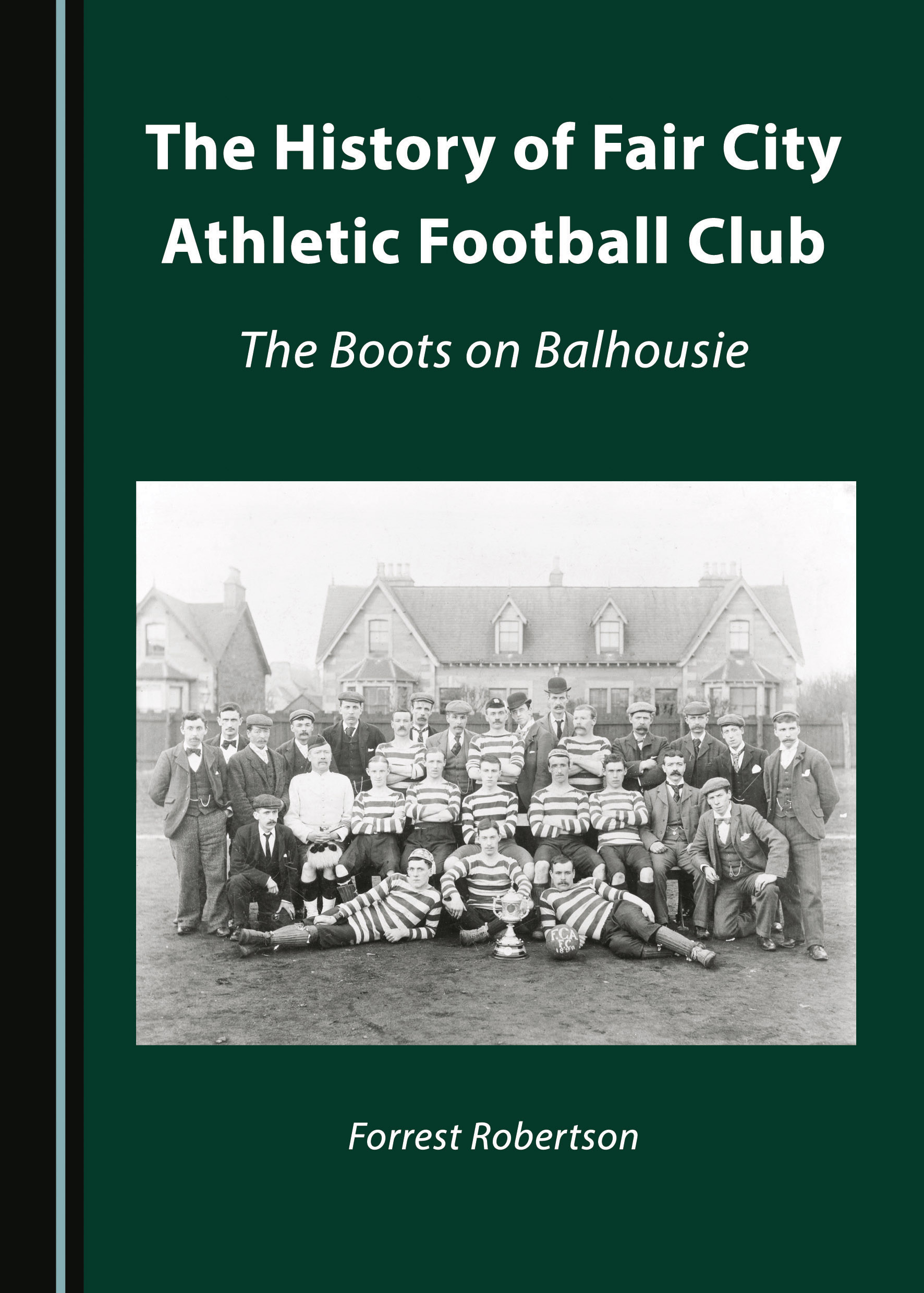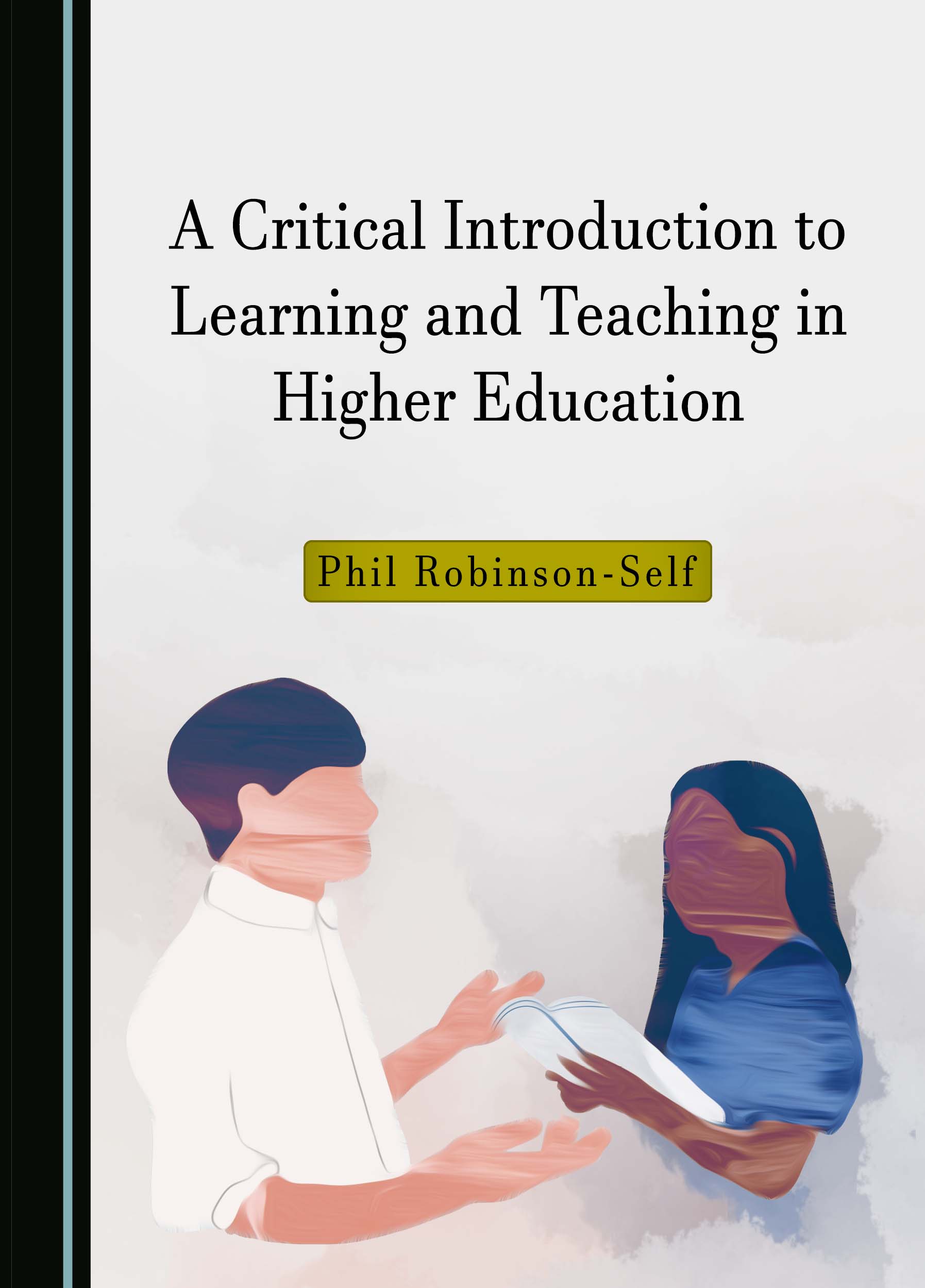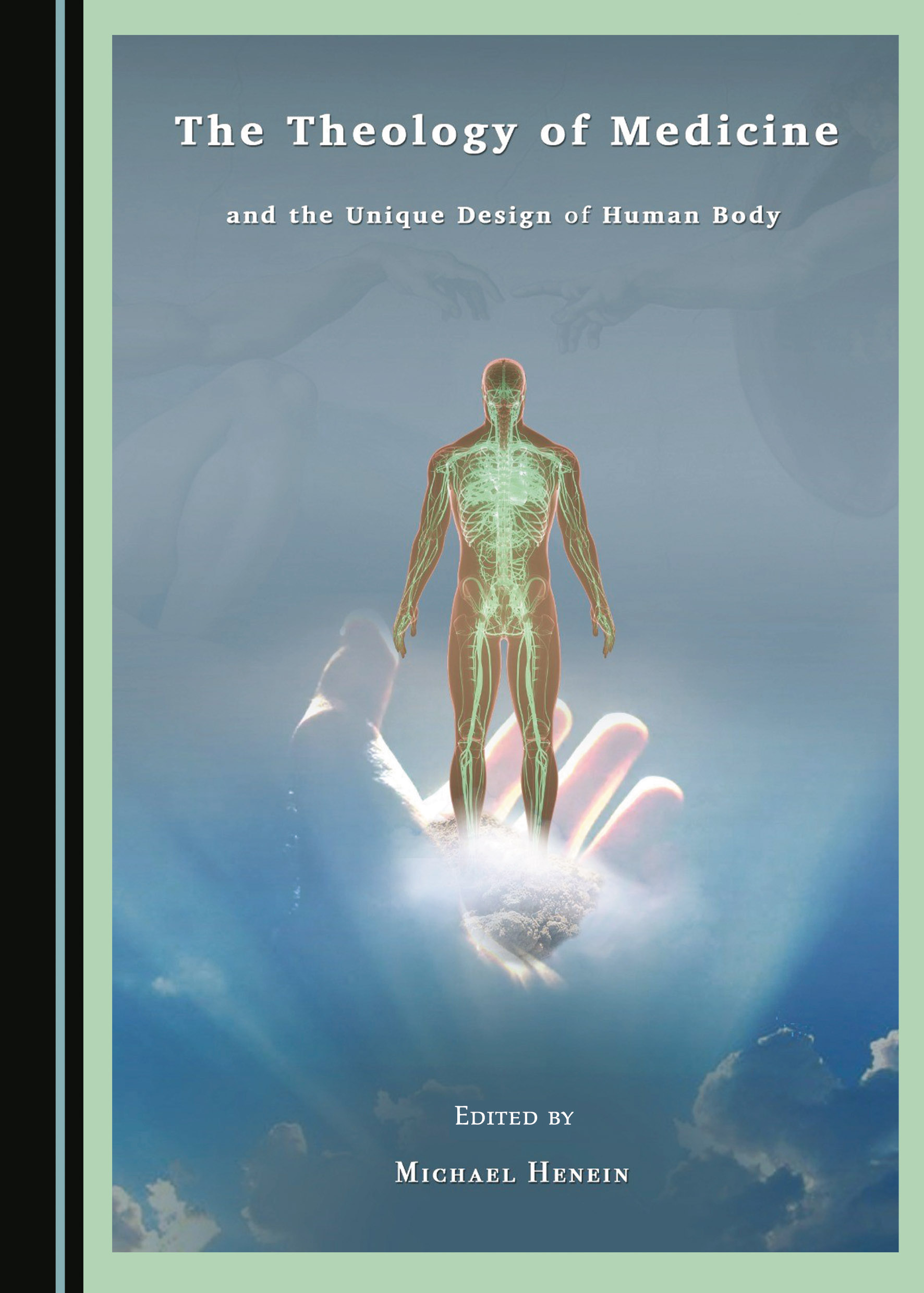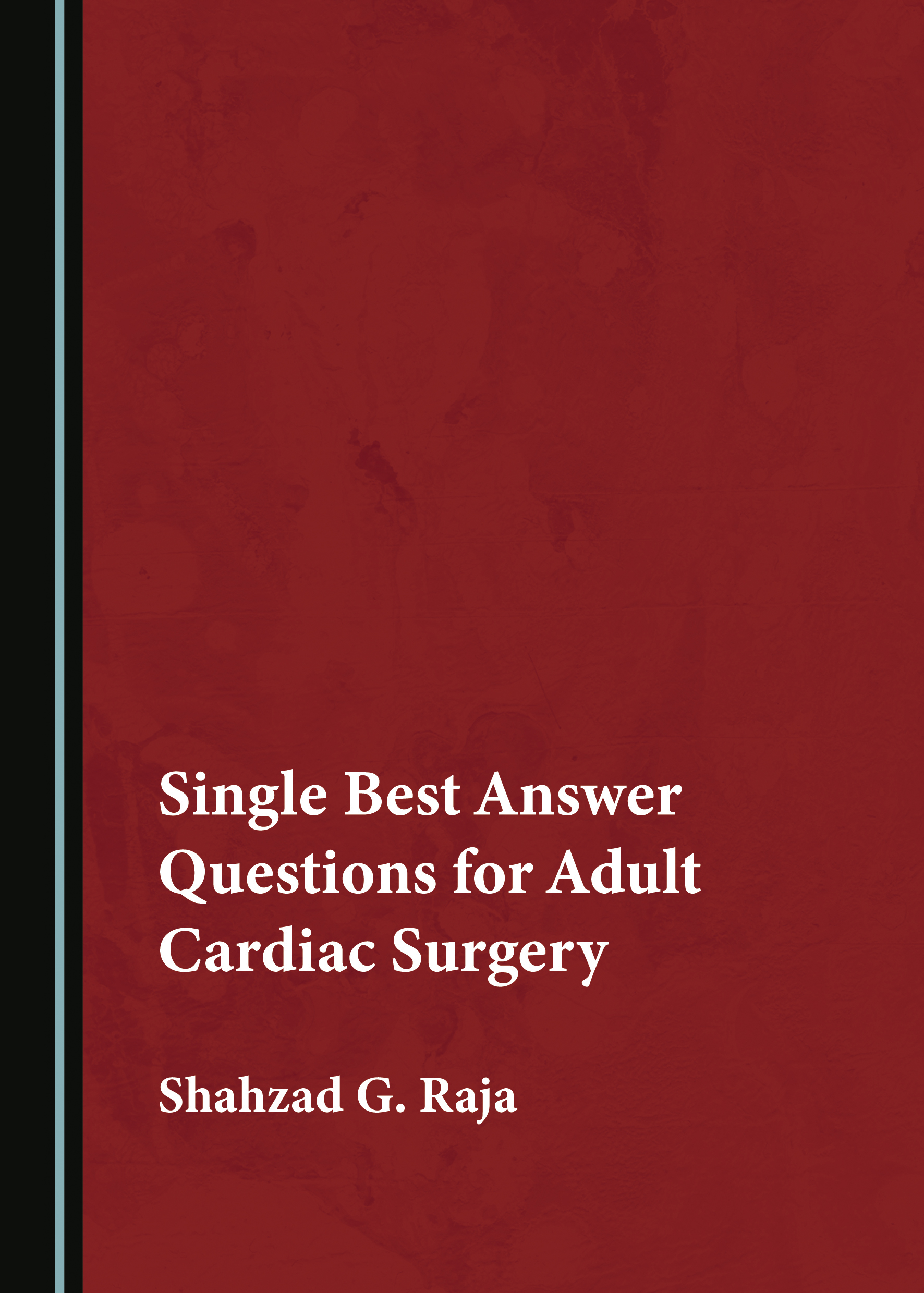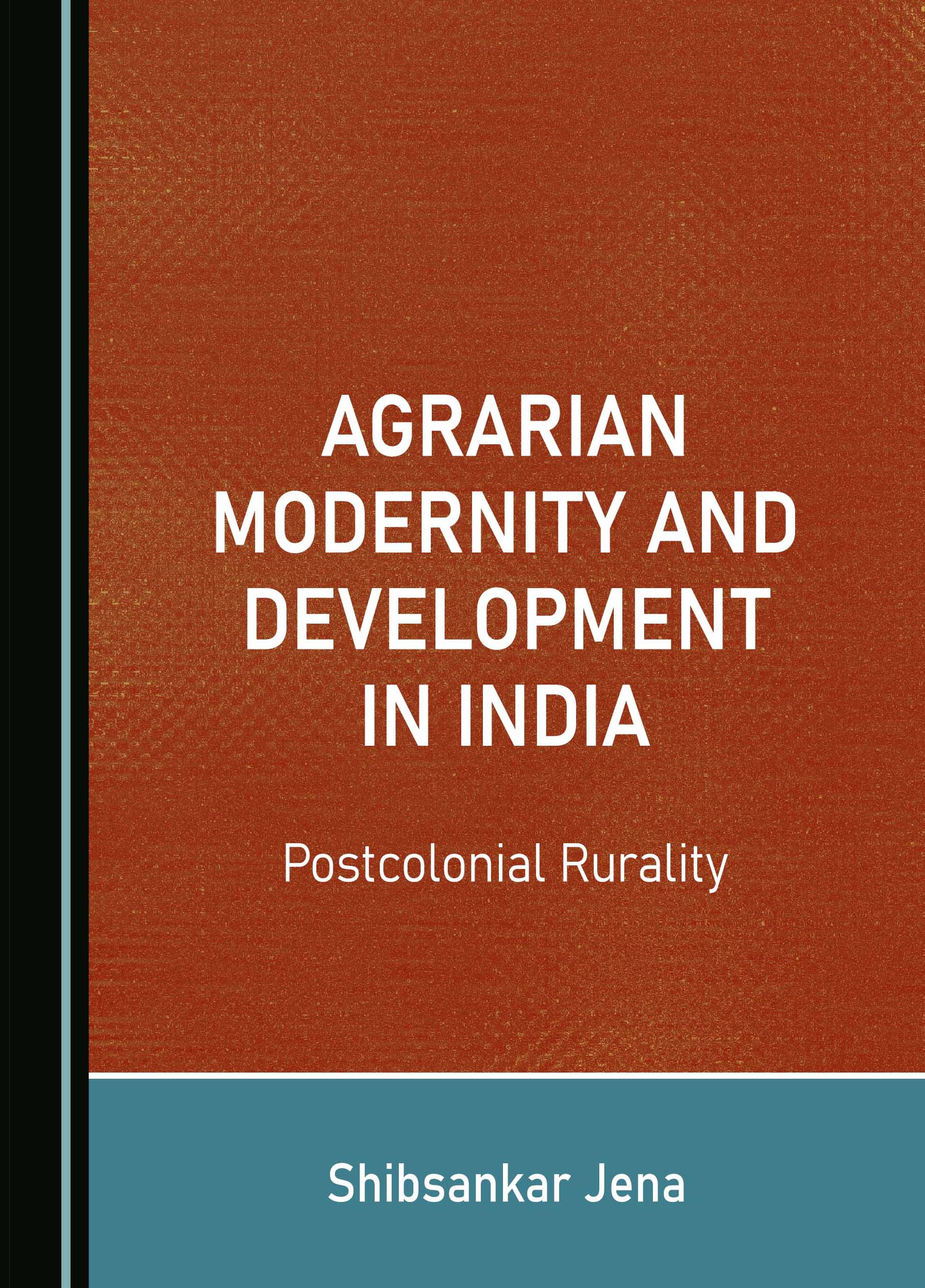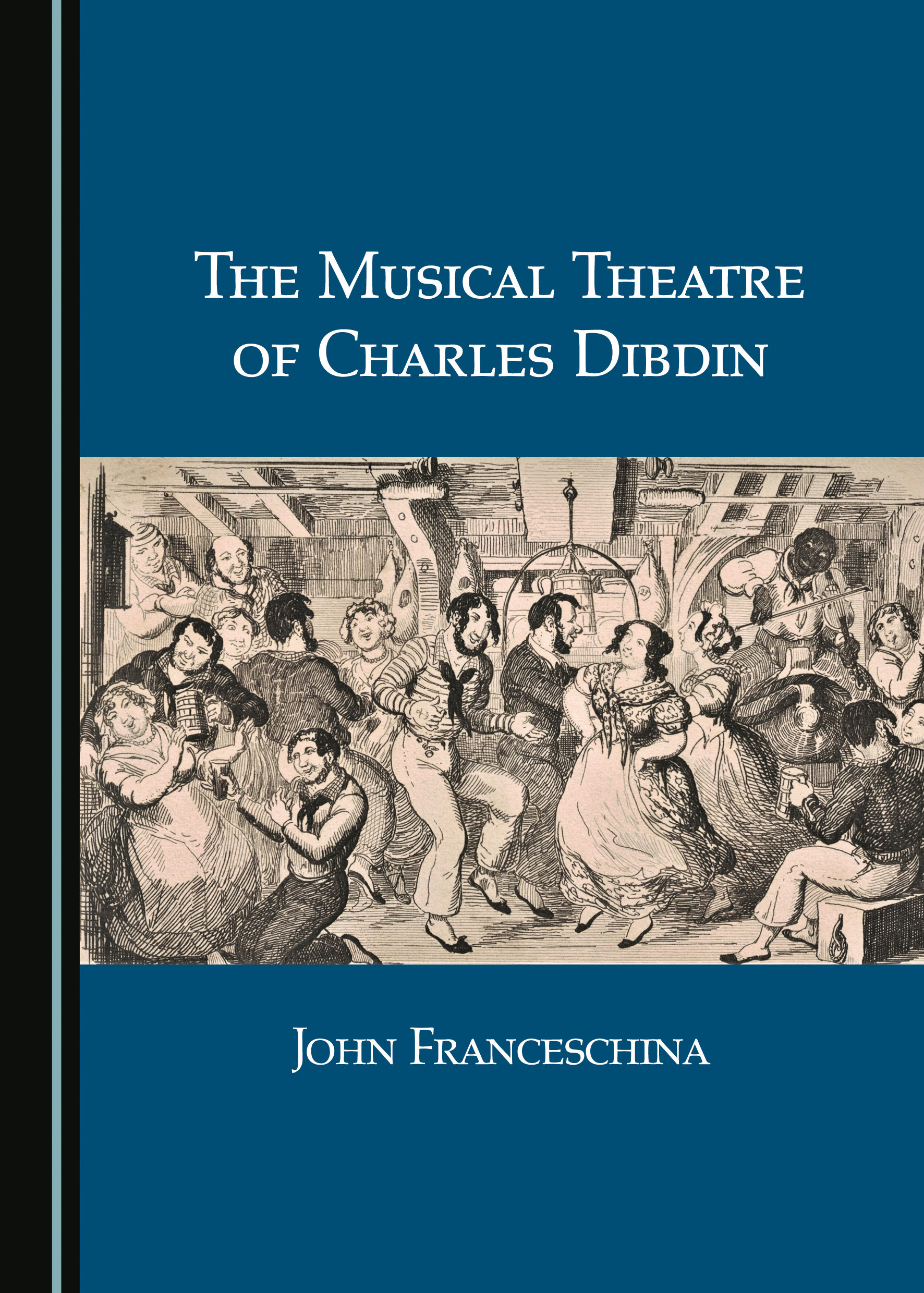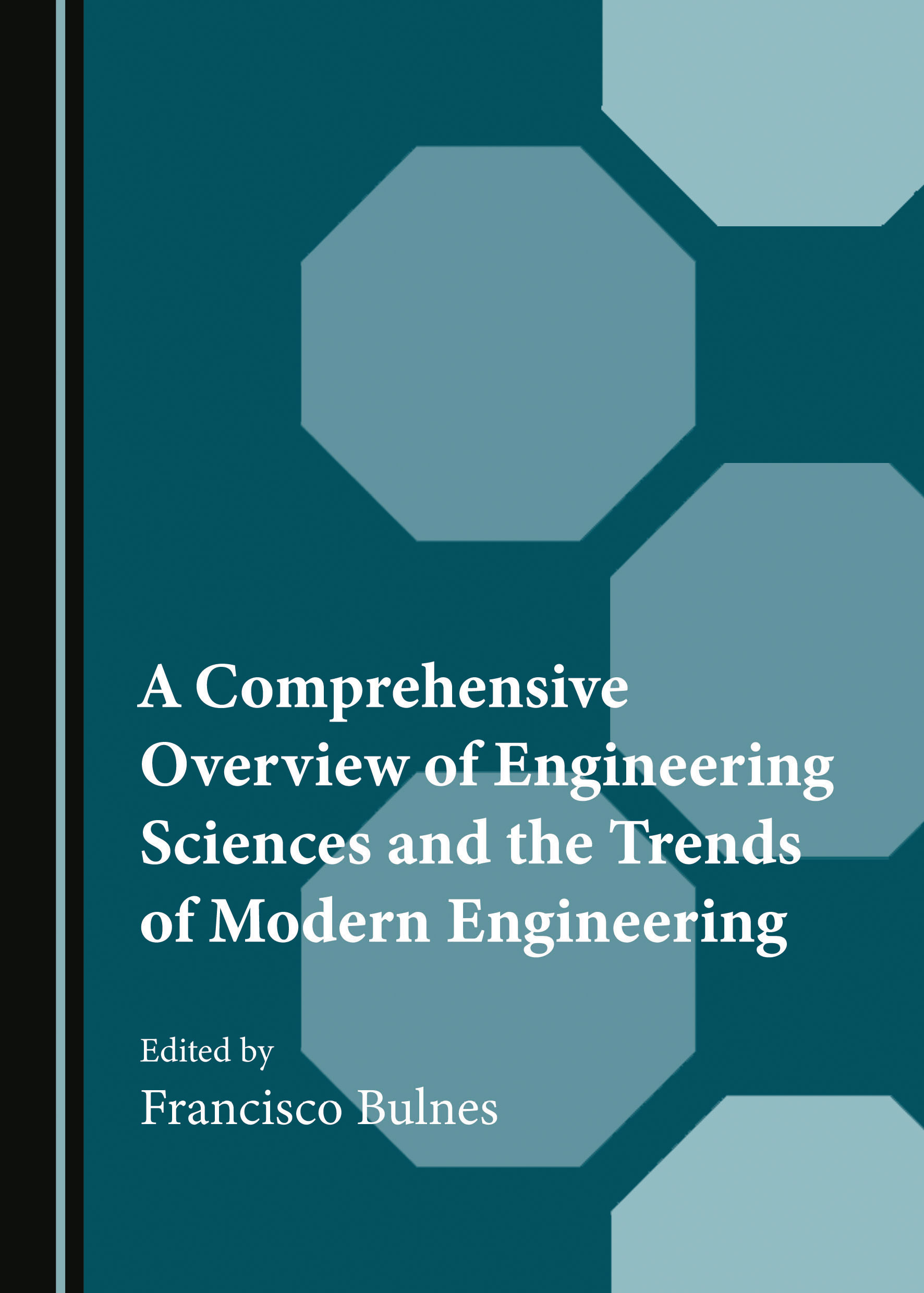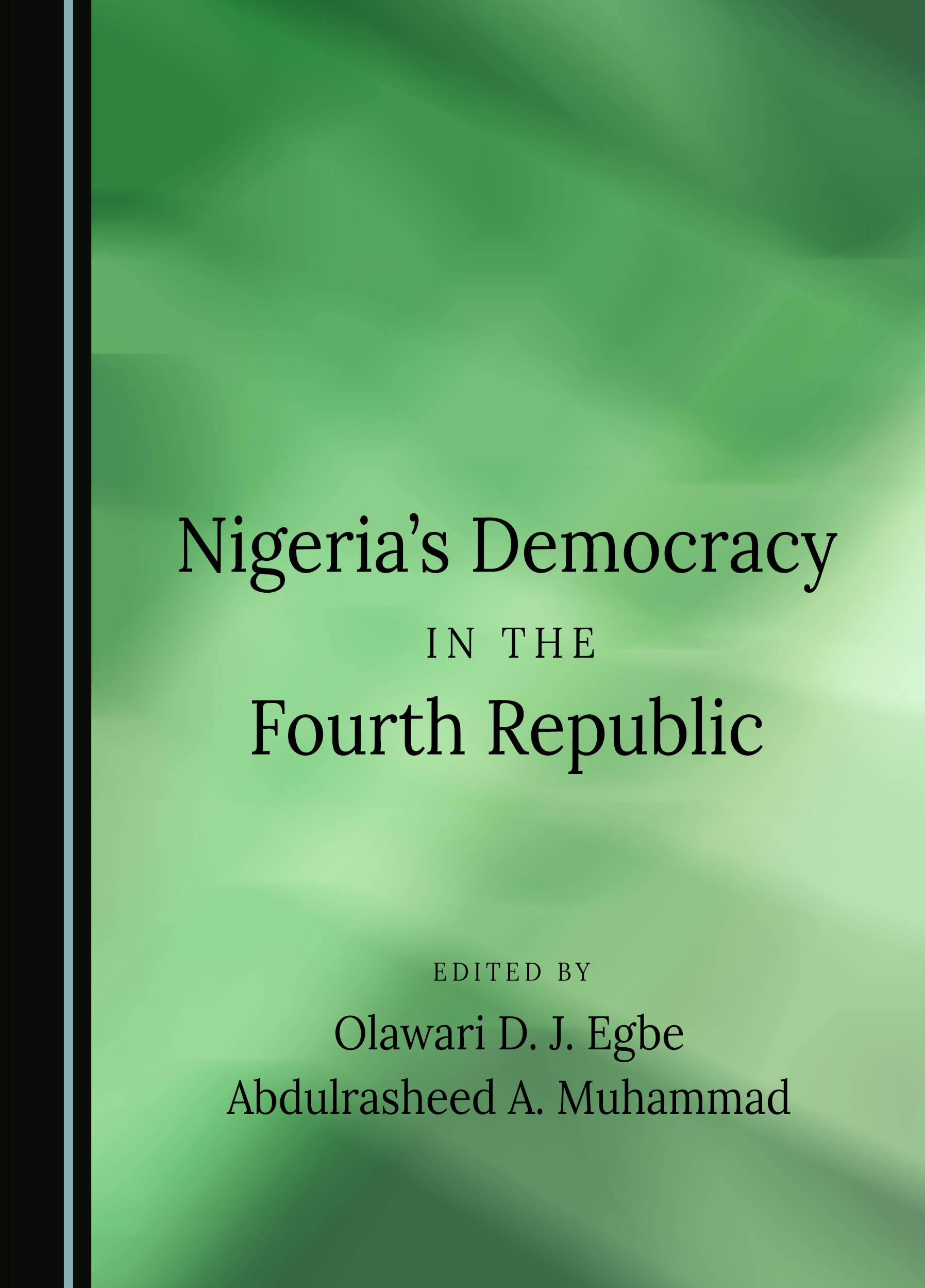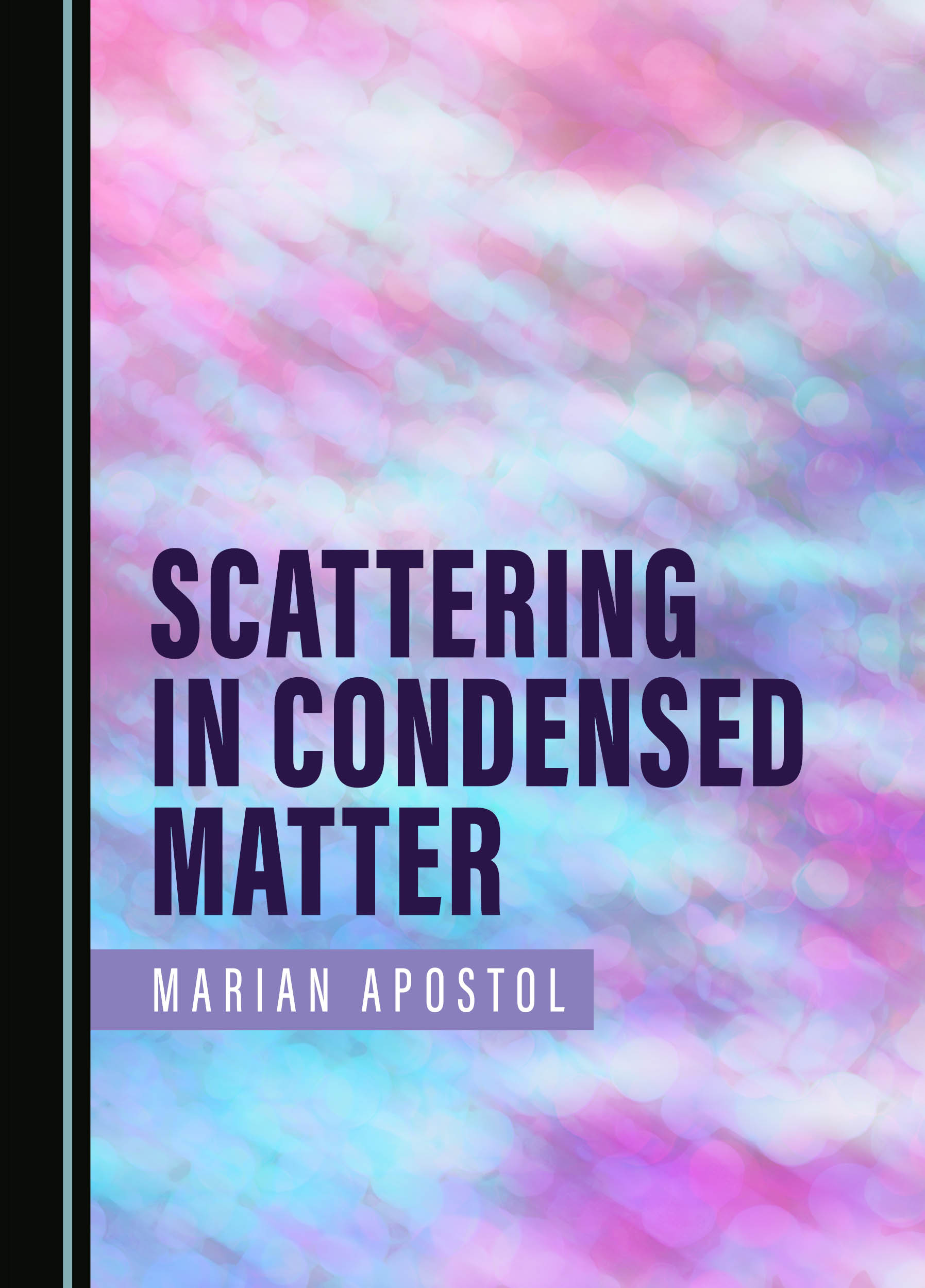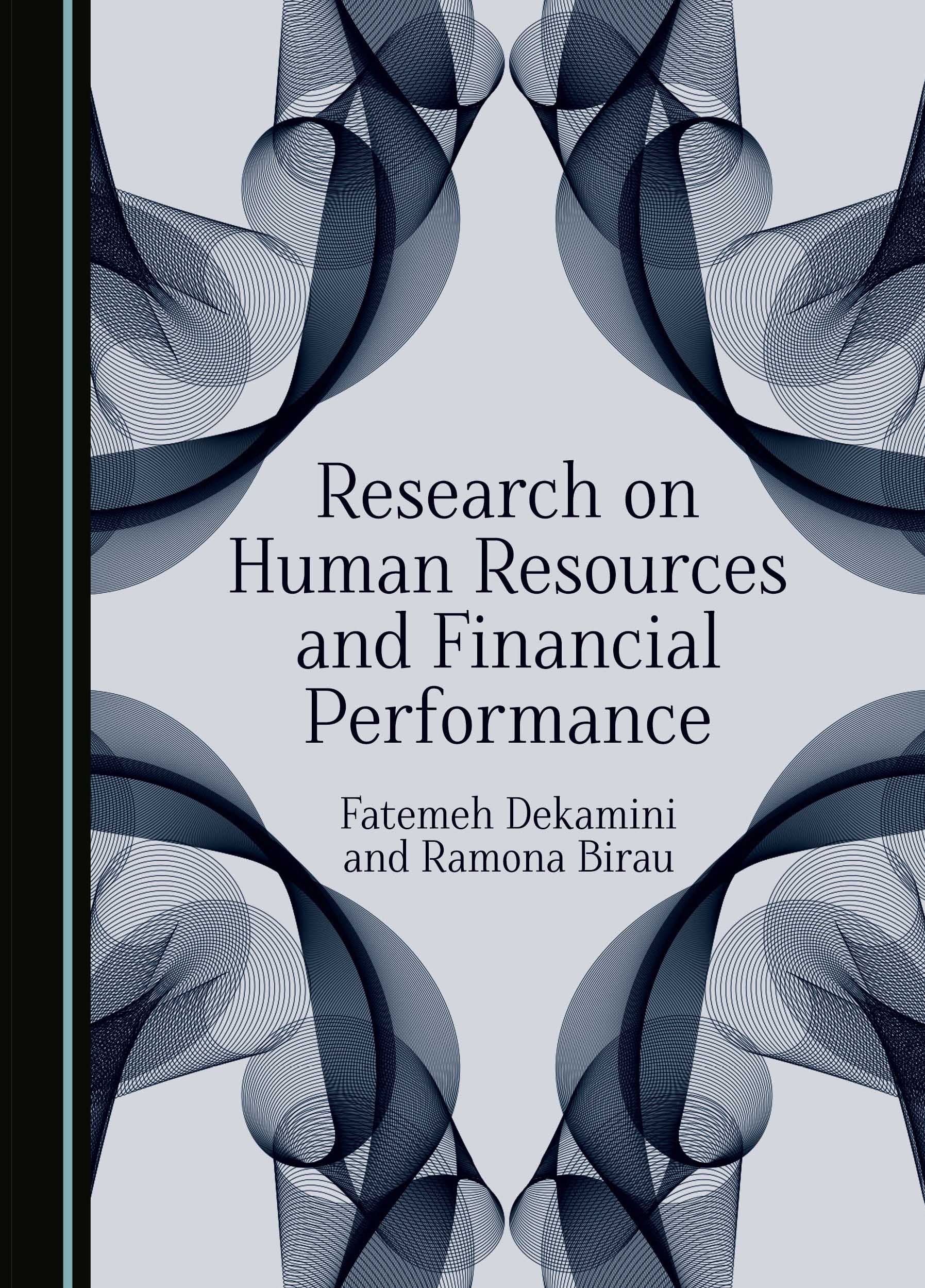The Da Vinci Globe
A chance discovery at a distinguished London map fair in 2012 by a Belgian globe collector produced the most unique of finds: a distinct globe with mysterious images, such as old ships, sailors, a volcano, a hybrid monster, pentimenti, waving patterns, conic individualised mountains, curving rivers, vigorous coastal lines, chiaroscuro and an unresolved triangular anagram, which remains an enigma.
The globe is hand-engraved in great detail on ostrich egg shells from Pavia by a left-handed Renaissance genius of unquestionable quality. It shows secret knowledge of the map world from the time of Columbus, Cabral, Amerigo Vespucci and Leonardo da Vinci. Central and North America are covered by a vast ocean. The da Vinci globe originates from Florence and dates from 1504. It marks the first time ever that the names of countries such as Brazil, Germania, Arabia and Judea have appeared on a globe.
A Leonardo drawing for this globe, showing the coast of the New World and Africa has been discovered in the British Library.
This book brings the reader through a fabulous journey of scholars, maps, riddles, rebuses, iconographic symbols and enigmatic phrases such as HIC SVNT DRACONES to illuminate the da Vinci globe. It details 500 years of mystery, fine scholarship and expert forensic testing at numerous material science laboratories the world over.
The da Vinci globe now takes its rightful place, surpassing the Lenox globe, its copper-cast identical twin, as the most mysterious globe of our time. As such, this monograph is an essential text in Leonardo studies and in the history of cartography.
Professor Stefaan Missinne received his PhD from the Economics University in Vienna in 1990. He is Laureate of the Prince Albert Foundation and Managing Director of the Ginkgo GmbH. As a collector of antique maps, globes, old paintings and art chamber objects, he was a scholar of the Viennese art expert, Count Eugen von Philippovich. He is a member of the International Map Collectors’ Society, the Washington Map Society, the International Coronelli Society for Research on Globes and Scientific Instruments, the Leonardo da Vinci Society, the International Society for the History of the Map and the Austrian Society for the History of Science. His publications include “A Newly Discovered Early Sixteenth-Century Globe Engraved on an Ostrich Egg: The Earliest Surviving Globe Showing the New World 1504”, “America’s Birth Certificate: The Oldest Globular World Map: c. 1507”, and, with Dr Geert Verhoeven, “Unfolding Leonardo da Vinci’s Globe (AD 1504) to Reveal Its Historical Map”. Professor Missinne is an esteemed scholar of the late leading da Vinci authority Carlo Pedretti, who is honoured in the quality and scope of the research in this book.
“Dr S. Missinne‘s thorough research on the da Vinci Globe has been of great personal interest and an update of the newest most convincing evidence took place last August during our meeting in Rome and the Vatican. Dr Missinne's detailed investigations provide irrefutable arguments towards the conclusion that the Ostrich Egg Globe and its twin are from the hand of nobody else than Leonardo da Vinci.”
Johan Ickx,
Università Europea di Roma and Head of the Archive in Vatican City
“A gigantic, six-year labor of love, with hard to find research, proofs, and new information on Leonardo da Vinci! As a great canvas painting artist, da Vinci's technique was also engraved in intaglio style, to even the smallest detail. The Da Vinci Globe traces the history of an ostrich egg (a symbol of great wealth) to a garden, where ostriches were kept five hundred years ago in Italy, and upon which a map has been engraved, which only could be made by left-handed engraving typical to Da Vinci - the engravings are also paste-print, two dimensional, of great optical quality, and interesting in science, and map reading/navigation. […] Missinne, a student of Pedretti, lives up to the knowledge and analysis with a fun, fact-filled research tome which is generational in quality and academic research. It takes one thing to know a Da Vinci but it is quite another to prove one. And in this, Missinne’s book provides a great read to the world. Here, European artists are shown to be expert in more than one field, proficient in more than one area. This greatly enlarges our view of European art history and illuminates new paths of knowledge.”
J. Constable
Italian Renaissance Expert, Cambridge, USA
“One of the first globes ever made and it was by Da Vinci. This book is a thoroughly documented and researched proof that not only proves that this amazing globe is one the first to exist but that is also was made by Da Vinci! Kudos to the author for a job well done.”
B. Gordon
Globe and Historical World Map Expert, New York
“Based on a very sound methodology, Missinne offers irrefutable evidence for Da Vinci´s authorship of the so-called ‘Ostrich Egg Globe’ dating from 1504 and for its identical twin, the Lenox globe a the New York Public Library. By investigating in detail the miniature globe engraved on the ostrich egg, Missinne extends his analysis not only to the technical peculiarities of Leonardo da Vinci but also to the geographical and social context in which this artifact was conceived. [...] Missinne´s valid interdisciplinary methodical approach supported by numerous international scholars, will certainly draw a large readership. I enjoyed this book very much and I therefore recommend it to anybody interested in the life and of this universal Italian genius author of the oldest globe to depict the new World.”
Elisabetta Gnignera
Specialist in Italian Renaissance Dress History
“Leonardo's intellect is far from being completely explored: we have now to face an unexpected discovery, casting new light on the genius from Vinci. Professor Missinne not only found, but deeply studied and researched what was considered a lost creation, a terrestrial globe that Leonardo had made for himself, tracing its surface according to Amerigo Vespucci’s latest discoveries, including a map of South America. This astonishing item has been analyzed from a historical, physical, chemical, iconographic, stylistic and symbolic point of view: all findings neatly demonstrate that this globe is his, and moreover that it is the model from which the famous Lenox Globe was cast. More intriguing than a novel, Professor Missinne’s volume accompanies the reader, page after page, to the final conclusion that this little treasure, made from two ostrich shells, appeared unnoticed to the antiquarian market a few years ago, does really come from the hands and from the mind of the most celebrated among Renaissance geniuses.”
Marisa Addomine
Horological researcher and historian
“The account that Professor Missinne has presented on his remarkable discovery is absolutely overwhelming, so much so that I sincerely believe that it will soon become acknowledged as one of the most significant discoveries of the 21st century. Through his hard work and great enthusiasm, Professor Missinne was able to gather extremely important and enlightening information concerning this unique and mysterious sphere. As settled in this book, due to his arduous in-depth and meticulous research, there is indeed credible evidence that the Globe here presented to the world is a work of the unrivaled greatest artist of the Renaissance times, Leonardo Da Vinci himself!”
António de Almeida Ribeiro
Ambassador of Portugal to Austria
“From old ships, sailors, waves, and monsters, to the meandering courses of the rivers, the clearly-outlined mountain ranges, the isolated peaks of the volcanoes: a very high quality item, such a perfect one it was suspected that behind it could not be the work of a cartographer, but it would have been made by an extremely gifted artist. So it came to pass that in 2012, a Belgian collector, Stefaan Missinne, scholar of the renowned late Professor Carlo Pedretti, the most important expert on Leonardo da Vinci’s life and works, suspected that the little precious globe, beyond being the oldest cartographic evidence of Southern America on a globe, it might have been produced by the genius hand of Leonardo himself. The discovery had international resonance, but now, after several years of deep research, it is presented again to a wider public with a full repertoire of documents and proofs. The analysis of the engraving techniques showed that the maker was left-handed (as Leonardo was); Carbon 14 testing was done to identify its age; the breeding place of the Ostriches from where the eggshells originate was with the highest probability the garden of the Viscounts of Pavia, and a number of details, cross checked and confirmed by several experts on Leonardo’s production and Renaissance cartography scholars, like Professor Leonardo Rombai from the University of Florence, all confirmed Professor Missinne’s´ thesis. The research needed an interdisciplinary approach: The Renaissance world was an interdisciplinary one as well! The author has been crossing data from mathematics, art history, cartography, iconography, physics, cosmology, engraving techniques, graphology, not to mention all the most modern methods he appropriated (from electron microscopy to CTs). This globe is actually the oldest engraved globe and Leonardo could make it thanks to geographical information he obtained first hand from his friend, Amerigo Vespucci. Professor Missinne also spotted a drawing by Leonardo, kept at the British Library, and formerly classified as a representation of the Moon surface: he demonstrated that the drawing is a preparatory one for this globe. Symbols, enigmas and an anagram – not yet solved – are engraved on this wonderful globe. The whole research is well described in Missinne’s book The Da Vinci Globe, published by Cambridge Scholars Publishing; a book to be read while waiting for the celebrations of Leonardo’s´ five hundred year anniversary in 2019.”
Francesca Grego
News Editor, (c) 2018 ARTE.IT Rome
“Missinne demonstrated (2013) quite convincingly that the Ostrich Egg Globe (OEG) was actually the original pattern (lost for 500 years) for the mold in which the Lenox globe was cast. And now, five years later, after what has clearly been a huge research undertaking in which he travelled widely and apparently spared no expense, he is back to proclaim that Leonardo da Vinci was, in fact the one and only author and fabricator. There is a good deal to be praised here: Dr. Missinne has obviously devoted himself to his task, tracking down many obscure sources, subjecting the globe to many scientific tests, and providing dozens of high-quality photographs of both the OEG and the Hunt-Lenox globe, as well as numerous color photographs from Leonardo’s notebooks and manuscripts. The microphotography is superb. The book positively bristles with documentation, as if every citation, no matter how little it bears on the OEG, serves to bolster the case for Leonardo as author. Dr. Missinne is a very lucky man. I’m not an expert on ostrich egg art, but I’ve looked at a great many early maps and to my curatorial eye, it “looks right.” I see no explanation for the uncanny concordance of the OEG and the Lenox globe other than a cast made directly from the OEG before the halves of the egg were cemented together. I even find the argument for Leonardo’s authorship pretty convincing, especially given his known experiments with casting metals and the extraordinary depiction of waves (quite unlike the water on any other map I know of, and reminiscent of his other depictions of water and human hair).”
Robert W. Karrow Jr
The Portolan, Spring 2019 pp. 60-63
“A fascinating discussion of a 1504 global map by Leonardo da Vinci, engraved on ostrich egg shell, displaying the artist´s knowledge of recent geographical discoveries.”
Professor Margaret L. King
Expert in Italian Renaissance; Graduate Center of the City University of New York
“The book presented here is about what can potentially become the most important and prestigious discovery of the 21st century, in the field of the history of cartography: a c. 11 cm diameter globe made of two halves of similar ostrich eggs glued together and engraved by da Vinci himself around 1504… “Stefaan Missinne clearly has a nose for good affairs: a couple of years ago he bought an anonymous silver ciborium representing Hercules carrying a celestial globe on his shoulders which he was able to attribute to no less than James II of England (The Solving of a Mystery: a Silver and Gold-gilt Celestial Globe Cup from a Catholic English Monarch in Exile!, The Portolan, Spring 2012, p. 52-56)…" The da Vinci Globe should be considered a report on the author’s research into the globe and its making... Bibliographical references are found in the footnotes...Personal conversations with colleagues and specialists are quoted for proof (see the impressive catalogue of scholars mentioned in the Acknowledgements p. 264)… The book’s 15 chapters and 3 appendices are abundantly illustrated… There are photographs of technical analyses, letters and personal encounters with well-known specialists such as Rudolf Schmidt and Carlo Pedretti. Appendix I (p. 265-270) gives an overview of all arguments addressed in the book. Complementary information can also be found in two earlier publications of the author which I recommend: (with G.J. Verhoeven), “Unfolding Leonardo da Vinci’s globe (AD 1504) to reveal its historical world map”, ISPRS Annals of Photogrammetry, Remote Sensing and Spatial Information Sciences, 4/2/W2 (2017), p. 303-310 and “America’s Birth Certificate: The Oldest Globular World Map: c. 1507”, Advances in Historical Studies, 4 (2015), p. 239-307. The globe’s authenticity is evidenced by the fact that its cartographical content and engraving is identical to the one of the Lenox globe, an early 16th c. globe of copper alloy now in the New York Public Library, and similar to that of the Jagiellonian globe dated c. 1510 and now in the library of the Jagiellon University of Cracow […] The link with Leonardo da Vinci is based on a study of the thousands or so pages of personal notes by da Vinci written down in his manuscripts, of which the most important are the Codices atlanticus, Arundel and Leicester…. A list of his findings can be found in Appendix III (p. 272-279) of his book. The author also consulted specialists in the field, like the already mentioned da Vinci expert Pedretti, editor of a new facsimile of the Codex Arundel, who passed away about a year ago… I did like the suggestion that the two circles on fol. 104r of the Codex Arundel so far interpreted as representations of the moon are actually sketches of the earth (p. 184-195). Furthermore, sketches in the Codex Atlanticus clearly suggest that da Vinci was thinking about globe-making (p. 79 and 119). The importance of the book’s contribution to the history of cartography is unquestionable.”
Professor W. Bracke
Royal Library of Belgium; Former Director of the Academia Belgica, Rome
“This volume is an academic/scholarly masterpiece... It may also be considered a reference book on just one of the extensive and diversified talents of Leonardo da Vinci (1452-1519). The book is expansively illustrated with over 400 maps, sketches, photographic reproductions of places, landscapes and artefacts. The author, a student of the late Italian historian Professor Carlo Pedretti – an expert on the life and works of Leonardo da Vinci – devoted nearly seven years to produce this magnificent volume, which is fact-filled and focuses on a single small globe: a globe measuring 112 millimetres in diameter, and which was crafted in about the year 1504 from the bottom halves of two ostrich eggs… Missinne took all necessary steps to have the globe scientifically analysed to confirm its originality and authenticity. The OEG was assessed and examined by more than 100 experts in cartography, history and the sciences. To prove that it was authentic the globe was tested in at least nine scientific laboratories throughout Europe… The globe was hand-engraved in great detail on two halves of ostrich egg shells that were sourced from Pavia, Italy, where an ostrich breeding place (Struzzeria) was located in the vicinity of the garden of the Visconti of Milan. The Struzzeria was the only known European source for unhatched ostrich eggs in the 14th and 15th centuries… In the words of da Vinci, a pre-modern artist: “Art is the queen of all sciences communicating knowledge to all the generations of the world” (p. 120)… Da Vinci’s aim was “to create an unprecedented three-dimensional miniature object, combined with imagination and precision” (p. 137)… Missinne states that the “most far-reaching conclusions are the chemical and mathematical ones, in that order” (p. 261) which he terms the ‘artistic forensics’ necessary to scrutinise the authorship of a work of art. A summary of the culminating material evidence based on the scientific examination of the different layers of meaning so typical of Leonardo’s creativity appears in Appendix I… The use of light and shade (chiaroscuro) in Leonardo’s drawing and painting is evident in the bathymetric and topographic features depicted on the globe… The iconographical evidence is quite a revelation. This volume will be welcomed by scholars of archival research, art, cartography, geography, history, spatial sciences, natural and physical sciences and it deserves a place on the bookshelf of personal and public libraries.”
Professor Vivian Louis Forbes
University of Western Australia; Adjunct Research Professor, National Institute for South China Sea Studies; The Globe, 2019, no.85
Buy This Book






